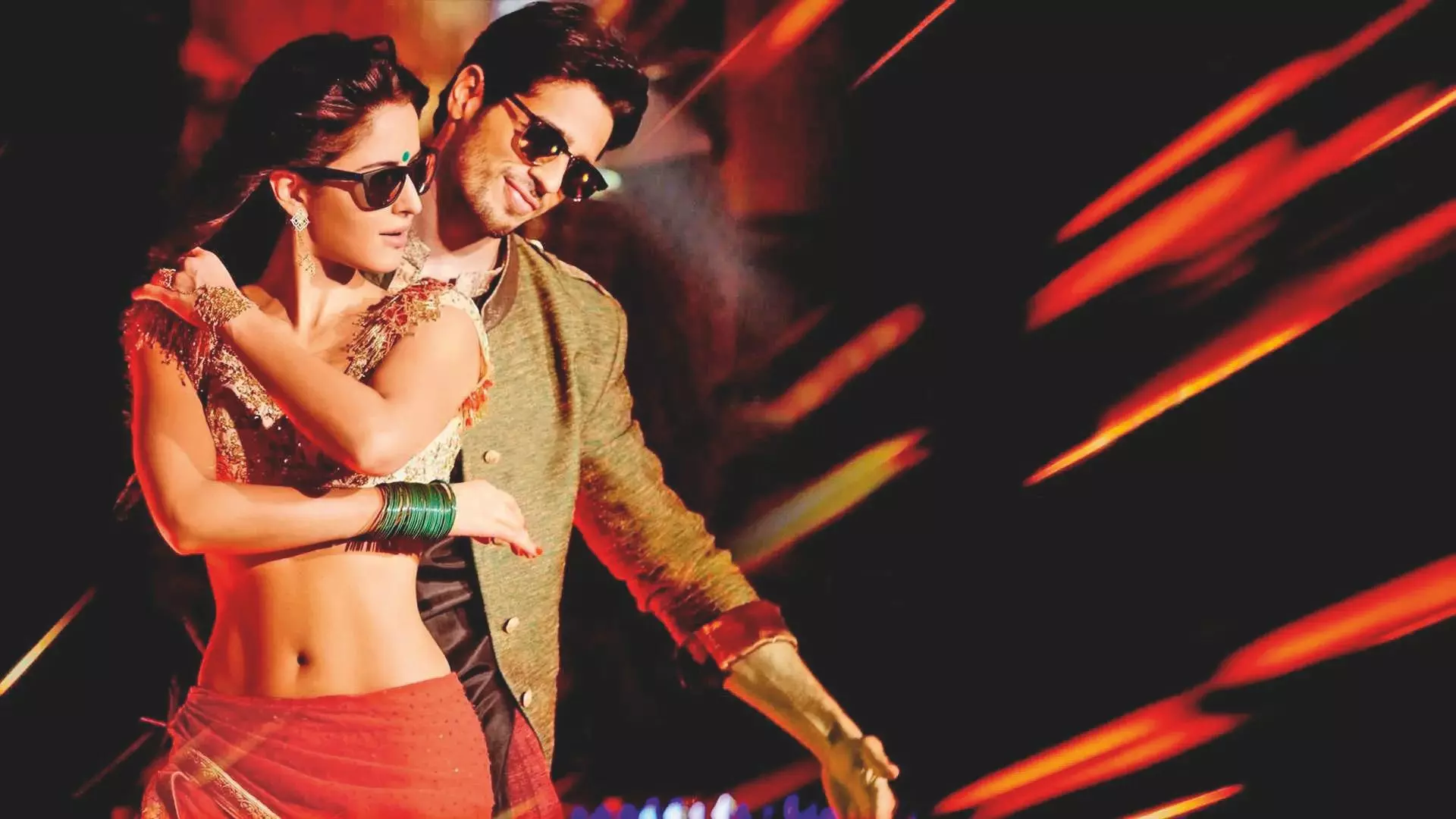Raunchy songs, the new blockbusters
These carefully curated special numbers, earlier known as ‘item numbers’, headlined by an A-list star who is not part of the film’s cast, has proved to be a clever marketing strategy by producers to grab eyeballs

Tamannaah Bhatia upped the glam quotient by several notches as she seductively swayed to the beats of the sensuous ‘Aaj Ki Raat’ in Stree 2. The song topped the charts, and its hook steps were replicated, spawning multiple reels on social media, the ultimate benchmark of success.
From ‘Swing Zara’ in Jai Lava Kusa to ‘Kaavaala’ in Jailer, Tamannaah is the ‘it girl’ when it comes to special dance numbers in films. She says these songs were her way of showcasing her dancing skills.
Similarly, soon after her divorce from Naga Chaitanya, Samantha Ruth Prabhu scorched the screens with the raunchy ‘Oo Antava’ in Pushpa in 2021. The song had the desired impact — it topped the streaming charts and became a point of reference in the actor’s career.
These carefully curated special numbers, cleverly headlined by an A-list star who is not part of the film’s cast, is a clever marketing strategy by producers to grab eyeballs.
Bollywood’s famous casting director Mukesh Chhabra says it’s a win-win for both the film and the star. “When the film’s canvas is big, you need a wider reach in all aspects. Depending on the format and scale of the film, the special number is an interesting arrangement. A star’s appeal is enhanced and it also amplifies the film’s fan base. It’s a full package,” he explains.
Award-winning screenwriter Ishita Moitra, who wrote the screenplay for the mega-hit Rocky Aur Rani Ki Prem Kahani, says the narrative of the special number has changed. “Earlier, it was used to draw the public in. It was a song usually in the vein of the tamasha traditions of India. But I feel if it hinders the narrative, it should be put at the end. For example, in my film Bad Newz, the song ‘Tauba Tauba’ is a huge hit and people sit through the entire song during the end credits because they loved it.”
Vamps bow out, heroines take over
The dance number has undergone a metamorphosis. In the early 60s and 70s they were the province of the vamp. From Helen to Bindu and Padma Khanna, the so-called dancing girls were either gangster’s mols who lured the hero to his doom, or came in to lighten a tense narrative.
As the vamps bowed out, heroines took to playing all types of roles. The 2000s saw the entry of raunchy lyrics, suggestive dance moves and a seductively clad heroine. These item numbers were criticised for being a toxic socio-cultural reflection of society, as they objectified the feminine form, and came with lyrics loaded with double meaning. But they got a facelift when top stars jived to upbeat and trippy numbers, elevating them to anthem-like status.
Choreographer-turned-director Seemaa Desai says the challenge is always to create trendy steps which are easy to learn. From careful selection of song, composer, star and styling, a lot goes into the item song’s success. “Every department — production design, costumes and camera work — collaborate to make the song stand out. When the song features a particular dance form and the actor is an expert in that, it’s especially exciting. It allows us to fully explore and highlight both the choreography and the performer’s exceptional skills,” says Seemaa.
Mudassar Khan, who choreographed the famous ‘Dhinka Chika’ from Ready as well as ‘Panday Ji Ki Seeti’ in Dabangg 2, says “a special song is a promotional tool of sorts; after all this is Bollywood, an industry known for its song and dance worldwide. At the end of the day, it is how the audience perceives it.” He makes a distinction between ‘special songs’ and ‘item songs.’ “In item songs, the heroine is teased and objectified. In special songs, the star and the song are the prime focus. If it’s a female, her beauty is praised, and if it’s a male then machoism is highlighted. They are lavishly produced, with no expenses spared. Sometimes the one song can change the star’s and the choreographer’s fortunes,” he adds.
Special songs, be it Siddharth Malhotra and Katrina Kaif’s ‘Kala Chashma’ from the forgotten Baar Baar Dekho, which became a global anthem of sorts, or Vicky Kaushal’s ‘Tauba Tauba’ from Bad Newz have proved that songs stay even when the story has been forgotten.
In item songs, the heroine is teased and objectified. In special songs, the star and the song are the prime focus. If it’s a female, her beauty is praised, and if it’s a male then machoism is highlighted. They are lavishly produced, with no expenses spared. Sometimes the one song can change the star’s and the choreographer’s fortunes.” — Mudassar Khan, choreographer
In my film Bad Newz, the song ‘Tauba Tauba’ is a huge hit and people sit through the entire song during the end credits because they love it so.” — Ishita Moitra, screenwriter

